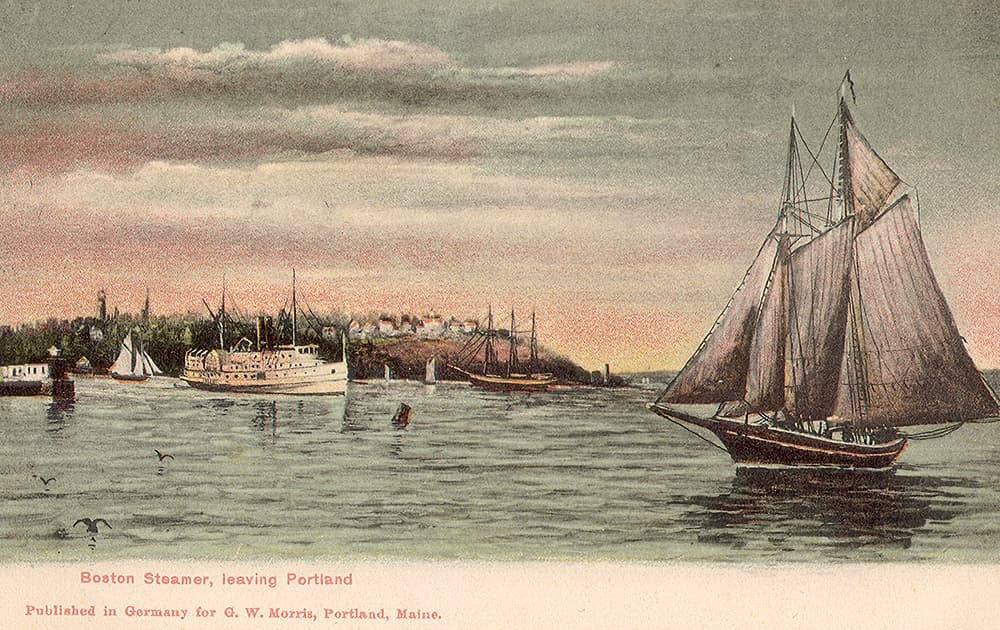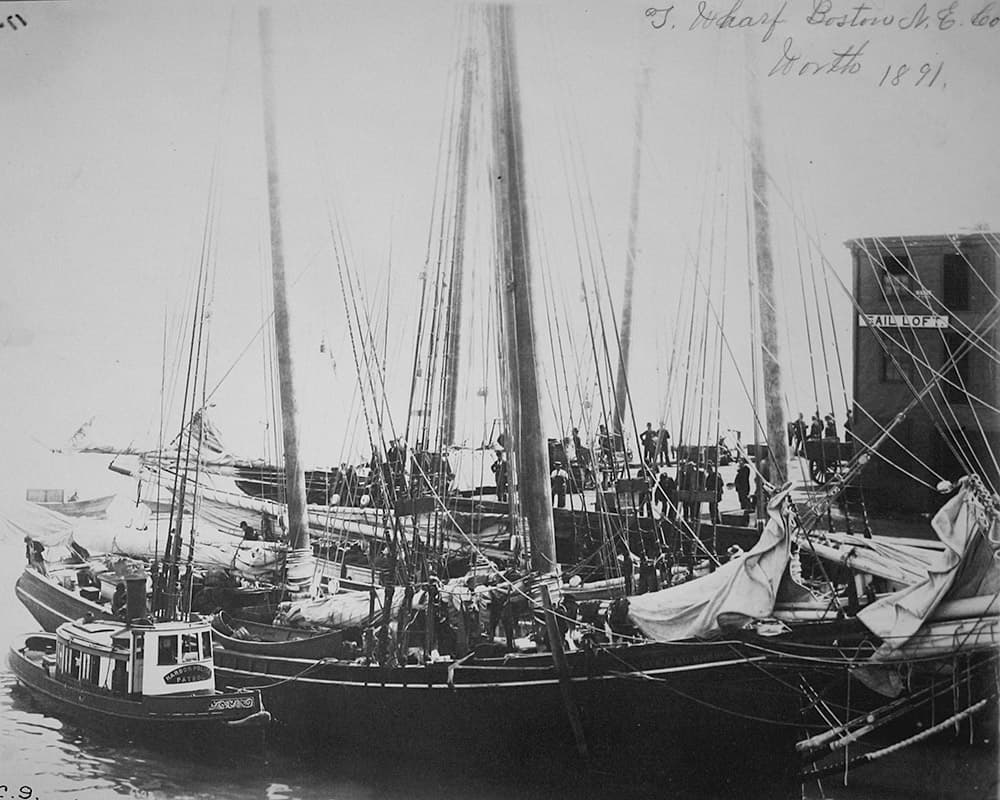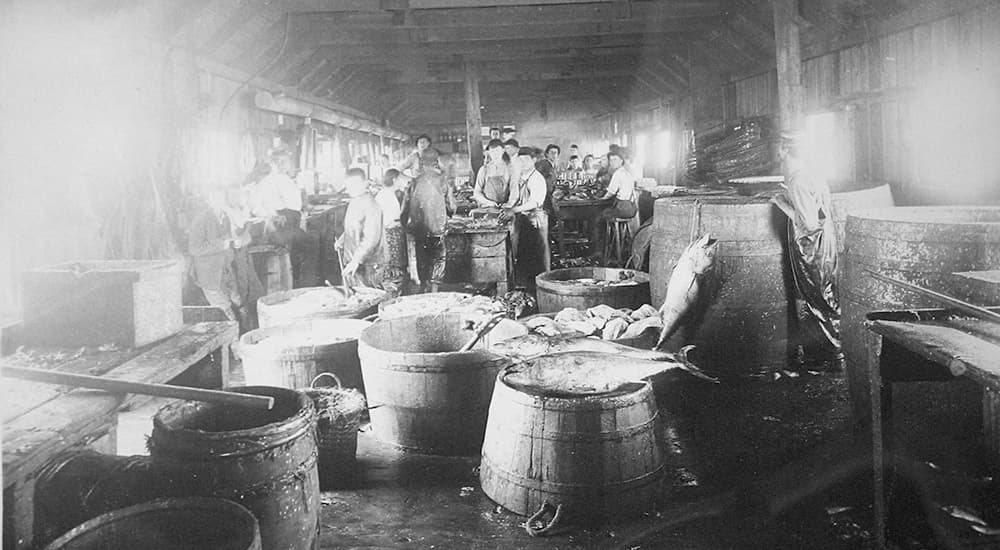Maritime Cultural Landscapes

Maritime cultural landscapes help us understand the complex, dynamic, and evolving relationships of people and the sea. Beyond shipwrecks, we can investigate the roles of class, race, culture, and industry. We can see how people have shaped the environment and, in turn, how the environment has shaped human society. The study of maritime cultural landscapes allows the sanctuary to explore the diversity of human experiences, behaviors, and interactions with the waterways that form the maritime system, from far inland to across the global ocean.
The sanctuary sits between two "arms" of land (Cape Ann and Cape Cod) that frame Massachusetts Bay and that guide ocean traffic to Boston and nearby ports and harbors. Even before European colonization, native peoples recognized the wealth of resources in this maritime system. As populations grew, this dynamic system supported the growth of towns associated with specific (and world renowned) industries, such as Gloucester with fishing, New Bedford with whaling, and Salem with clipper ship trading.

The study of maritime cultural landscapes allows the sanctuary to engage with and learn from local individuals, families, and communities about their relationships to the sea and surrounding lands. These voices represent the history and the cultural heritage of Native Americans, fishermen, military, lighthouse keepers, tourism operators, recreational divers, developers, coastal managers, museum operators, and many more.

The creation of a maritime cultural landscape initiative, in conjunction with the sanctuary's ongoing shipwreck documentation and preservation program, is an important facet of the sanctuary's work to conserve and protect the cultural legacy of Stellwagen Bank.
For Stellwagen Bank National Marine Sanctuary, major areas of interest for maritime cultural landscapes include, but are not limited to:
- Whales, whaling, and whale watching
- Fishes, fishing, and fishing communities
- Energy transport from wood and coal to oil and liquid natural gas
- Clipper ships to container ships and global trading

